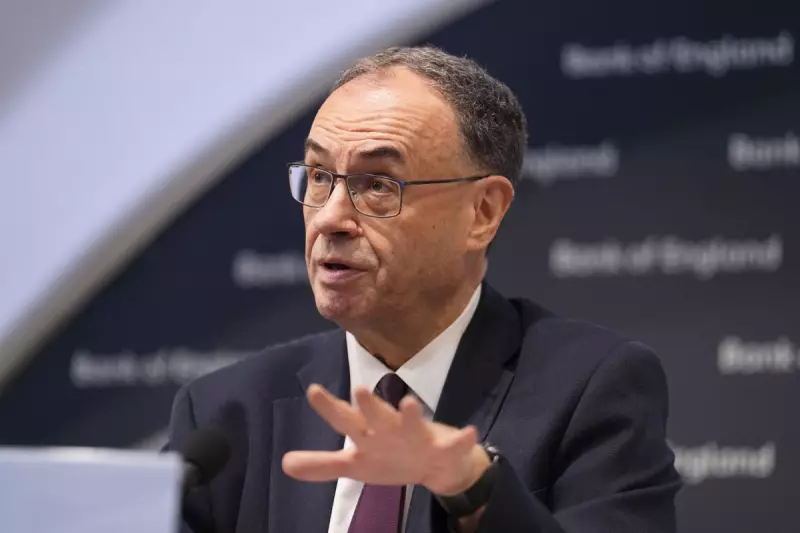
Bank of England Governor Andrew Bailey delivered a sobering message to financial markets and the British public during his address in Edinburgh, pushing back against growing expectations of imminent interest rate cuts.
The central bank chief acknowledged that inflation is moving in the "right direction" but stressed this doesn't automatically translate to immediate relief for borrowers and mortgage holders.
Market Expectations Versus Reality
Speaking at a key financial event in the Scottish capital, Mr Bailey addressed what he called "the most challenging tightening of policy we've seen" during his tenure. His comments come as financial markets had been pricing in multiple rate cuts throughout 2024, with some analysts predicting the first reduction as early as May.
"We are not in a place where we can discuss cutting interest rates," Bailey stated unequivocally, adding that the Bank needs to see more evidence that inflation will sustainably return to its 2% target.
The Inflation Battle Continues
While inflation has fallen significantly from its peak of 11.1% in October 2022 to the current 4%, the Governor emphasised that the journey back to the 2% target remains uncertain.
Key concerns highlighted in his Edinburgh speech included:
- Persistent service sector inflation
- Ongoing wage growth pressures
- Geopolitical factors affecting energy prices
- Supply chain vulnerabilities
Economic Implications for Households and Businesses
The Governor's cautious stance means the current Bank Rate of 5.25% - the highest in 15 years - is likely to remain in place for longer than many had hoped. This will maintain pressure on:
- Mortgage holders facing renewal of fixed-term deals
- Businesses seeking investment loans
- Consumers dealing with higher credit costs
- The broader housing market activity
Mr Bailey's Edinburgh intervention serves as a clear signal that the Bank of England remains focused on its primary mandate of price stability, even at the cost of prolonging economic discomfort.





